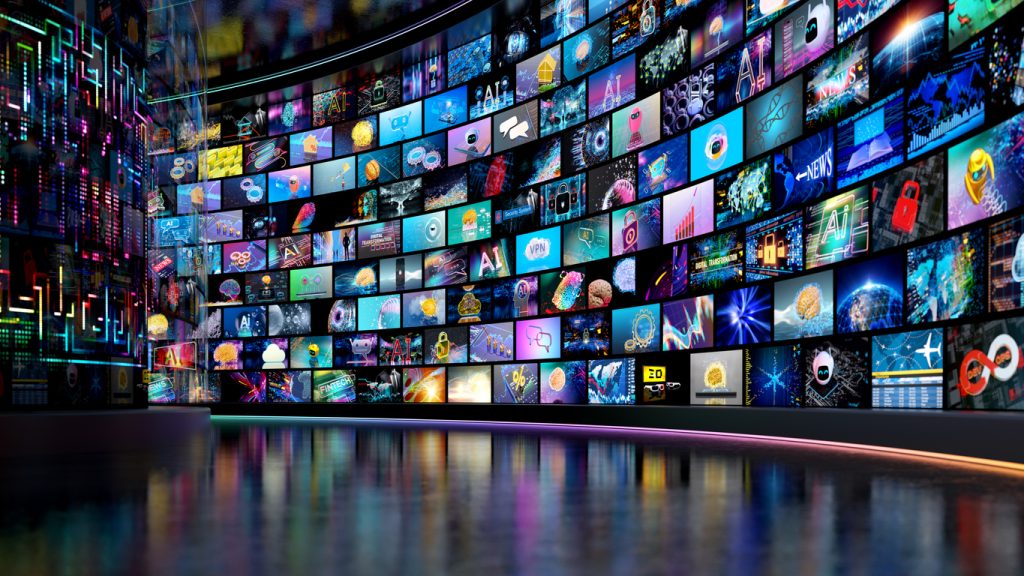Powering the Future of Virtual Production
Written by Darci Penney, Director of Sales – Media & Entertainment

At Cerio, we’re redefining how real-time content is created, rendered, and delivered. We are building solutions tailored for the most demanding Media & Entertainment (M&E) workflows — from virtual production to live broadcast to visualization and simulation.
We are on a mission to remove performance bottlenecks and unleash creative potential one frame at a time. Cerio’s ability to disaggregate servers from the GPUs with the ability to compose and decompose the GPUs in real-time to any server or workstation is proving to be incredibly valuable to M&E workflows.
Volume Wall Demo Now Running on ST 2110
We’re excited to share a major milestone in our ongoing innovation journey in virtual production technology. Our Volume Wall capabilities just got a significant upgrade — it now supports SMPTE ST 2110, and the impact has been nothing short of transformative.
Why ST 2110 Matters
SMPTE ST 2110 is rapidly becoming the backbone of broadcast and IP-based video production workflows. By embracing this protocol, we’re aligning our virtual production solutions with the direction the M&E industry is heading — towards low-latency, high-fidelity, and fully networked infrastructure.
Upgrading our Volume Wall to support ST 2110 has opened a range of new possibilities. We’re now able to seamlessly stream uncompressed video and audio signals across the network with ultra-low latency. The result? A faster, more synchronized, and more scalable system.
Unreal Engine x BlueField = Next-Level Synchronization
One of the most exciting aspects of this upgrade is seeing two independent Unreal Engine instances communicating flawlessly over ST 2110. We’ve leveraged NVIDIA BlueField DPUs, which are purpose-built for high-throughput networking and hardware acceleration. Watching two Unreal scenes share real-time data across a 2110 pipeline is not only technically thrilling — it’s a game-changer for collaborative, redundancy, uptime and distributed virtual production workflows.
High-Density Rendering on a Single Server
Our original lab setup was running on a single Dell R6525, equipped with four RTX5000 Ada GPUs, with a Quadra sync card supporting an impressive 16 individual screens — all rendered in real time. This setup provided high performance, excellent image quality, and minimal latency, all while operating on a compact footprint.
But we’re not stopping there.
Scaling Up: 32 Screens and Beyond
We’re currently working on expanding this setup to support 32 screens by increasing server cores and memory. This expansion is key for larger LED volumes, broadcast applications, and complex set extensions. With more rendering heads, we’re pushing the boundaries of what a single machine can do — all while maintaining high fidelity and sync across every panel.
This isn’t just a lab setup — it’s a blueprint for how virtual production workflows can scale with ST 2110 infrastructure, real-time engines like Unreal, and modern GPUs.
Whether you’re working in live broadcast, LED volumes, or real-time visualization, this upgrade to our Volume Wall demo represents a huge leap forward in performance and interoperability. If you’re as excited about the future of ST 2110 in virtual production as we are — we’d love to show you what we’ve built.

 LinkedIn
LinkedIn  Contact Us
Contact Us  X
X  Share on X
Share on X